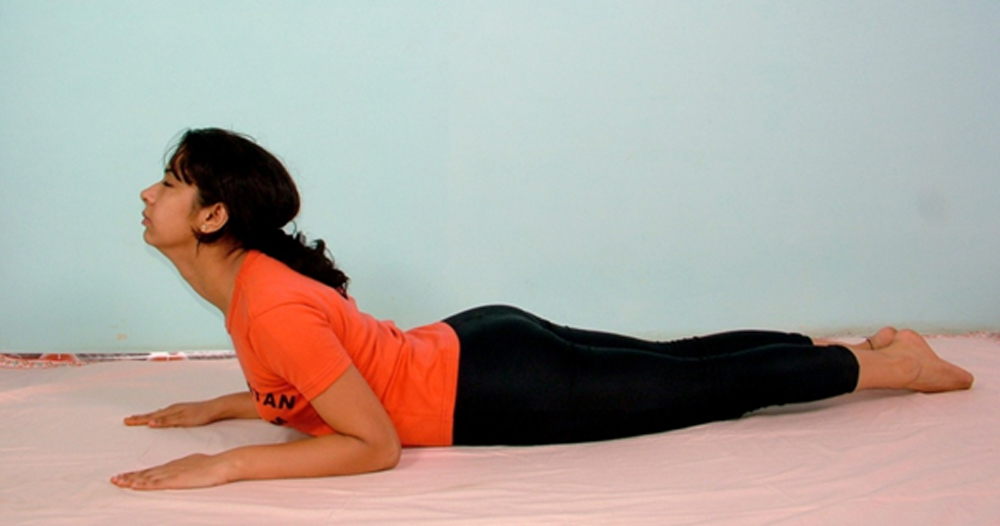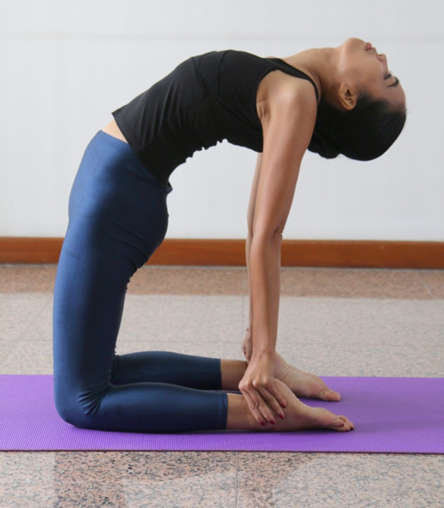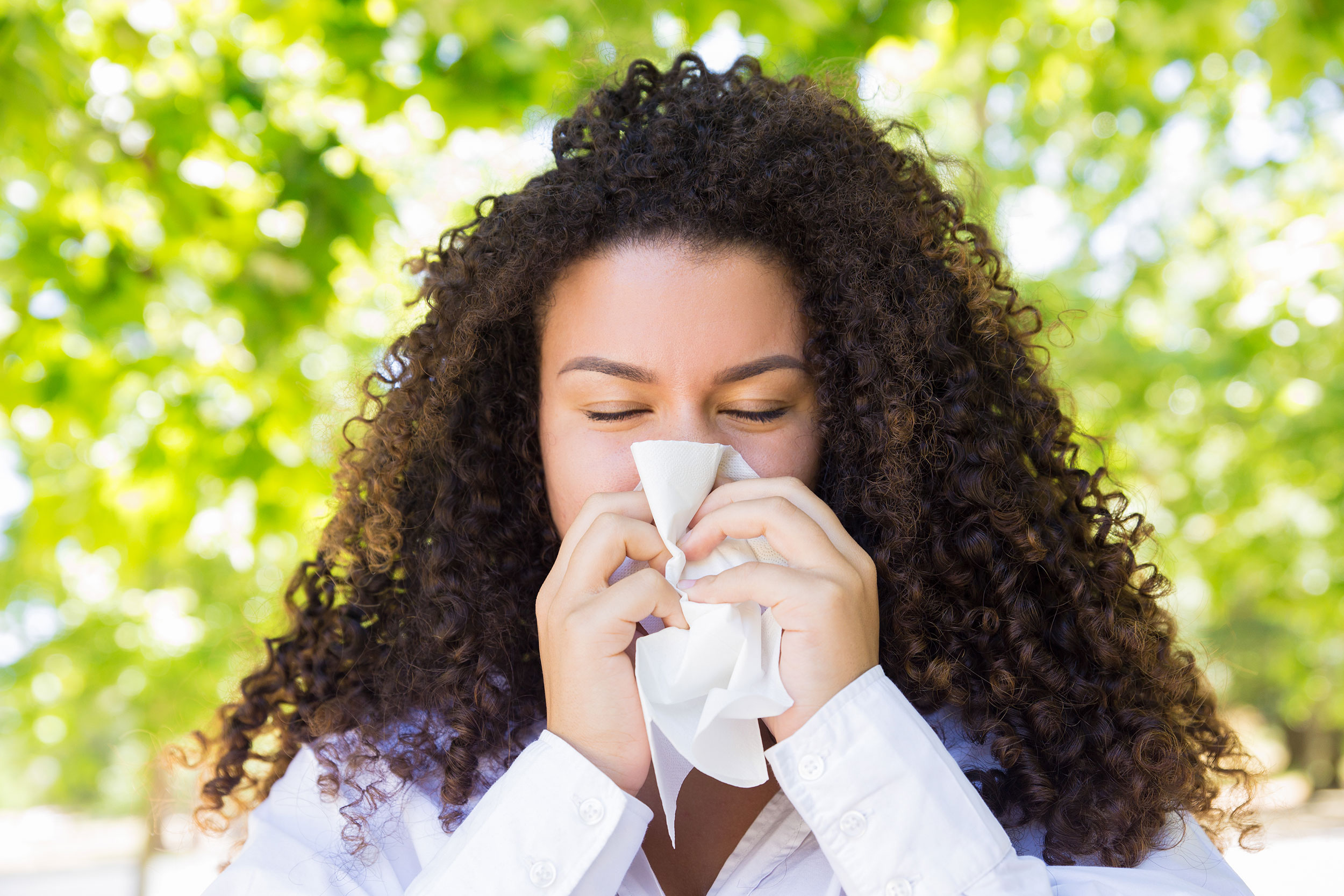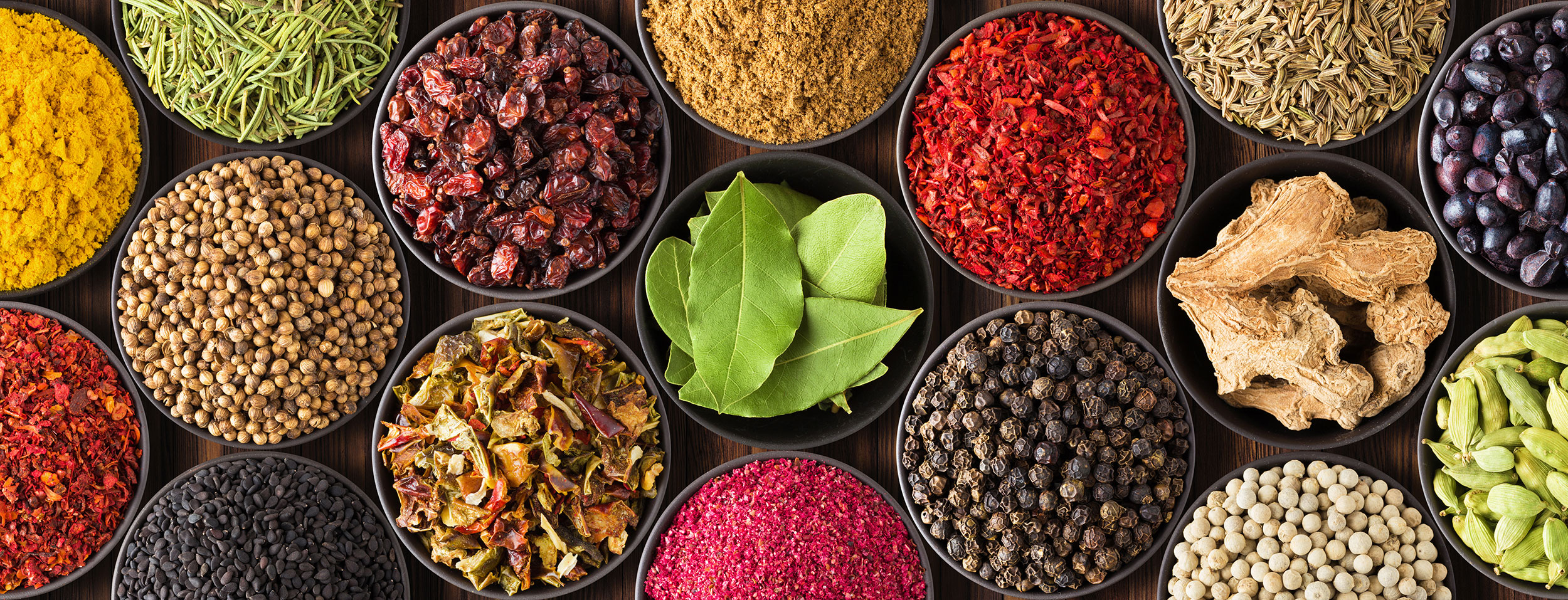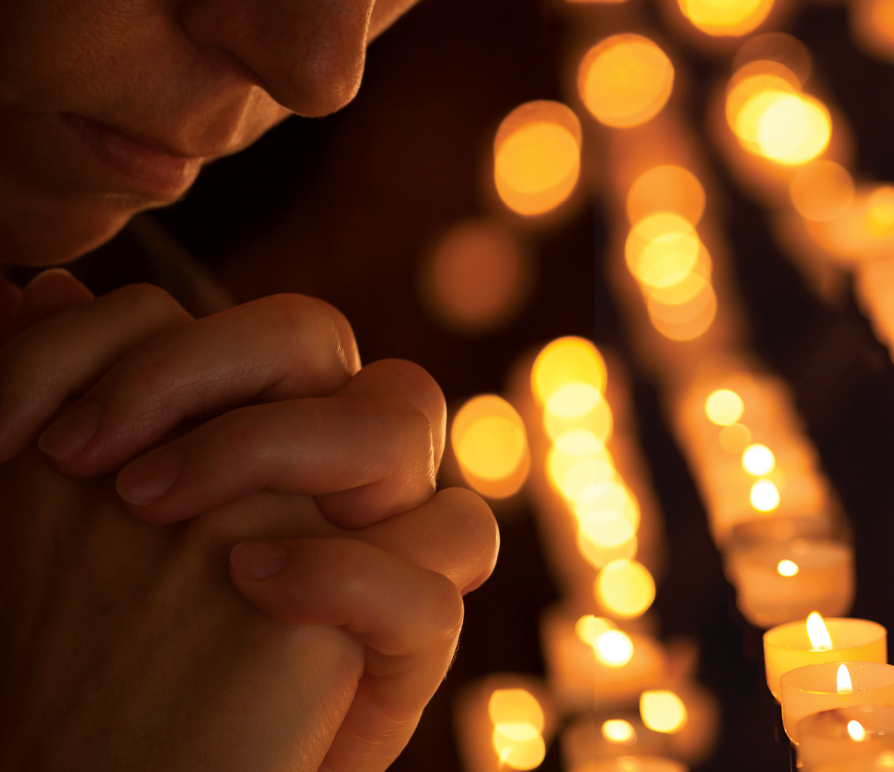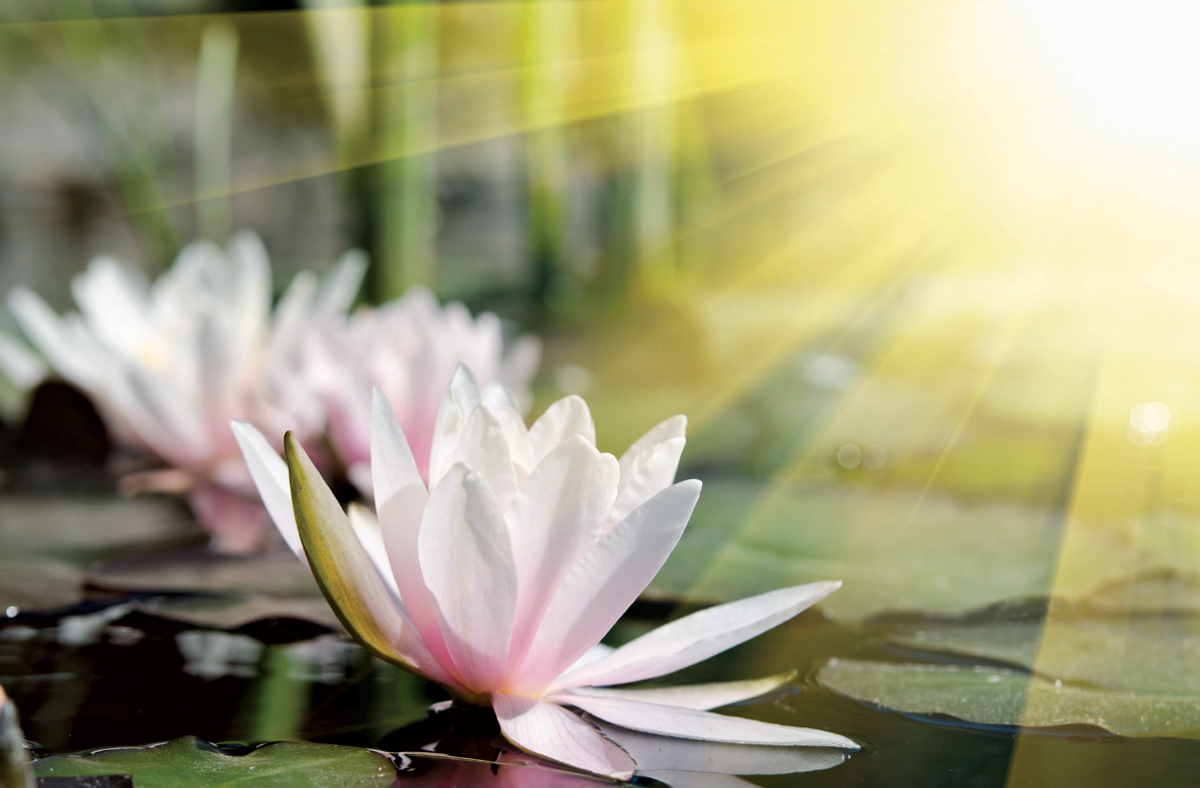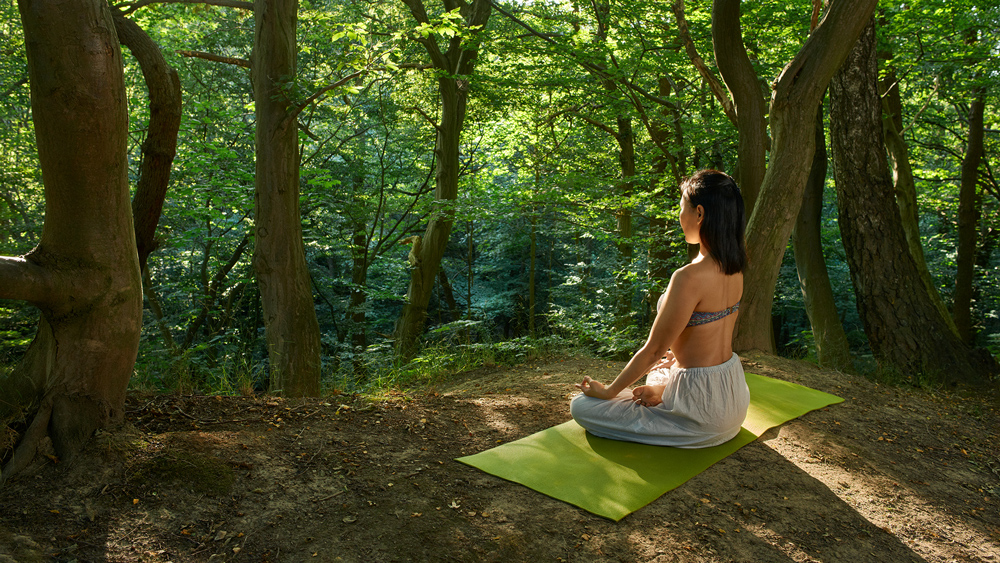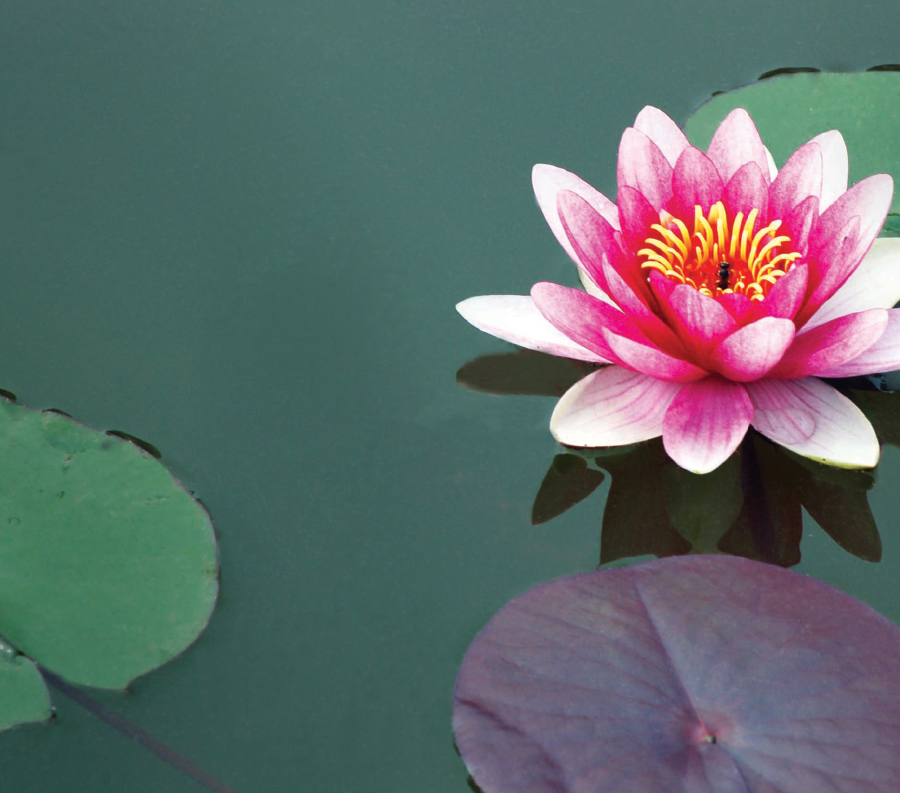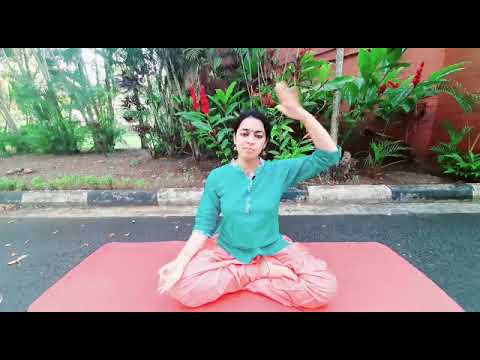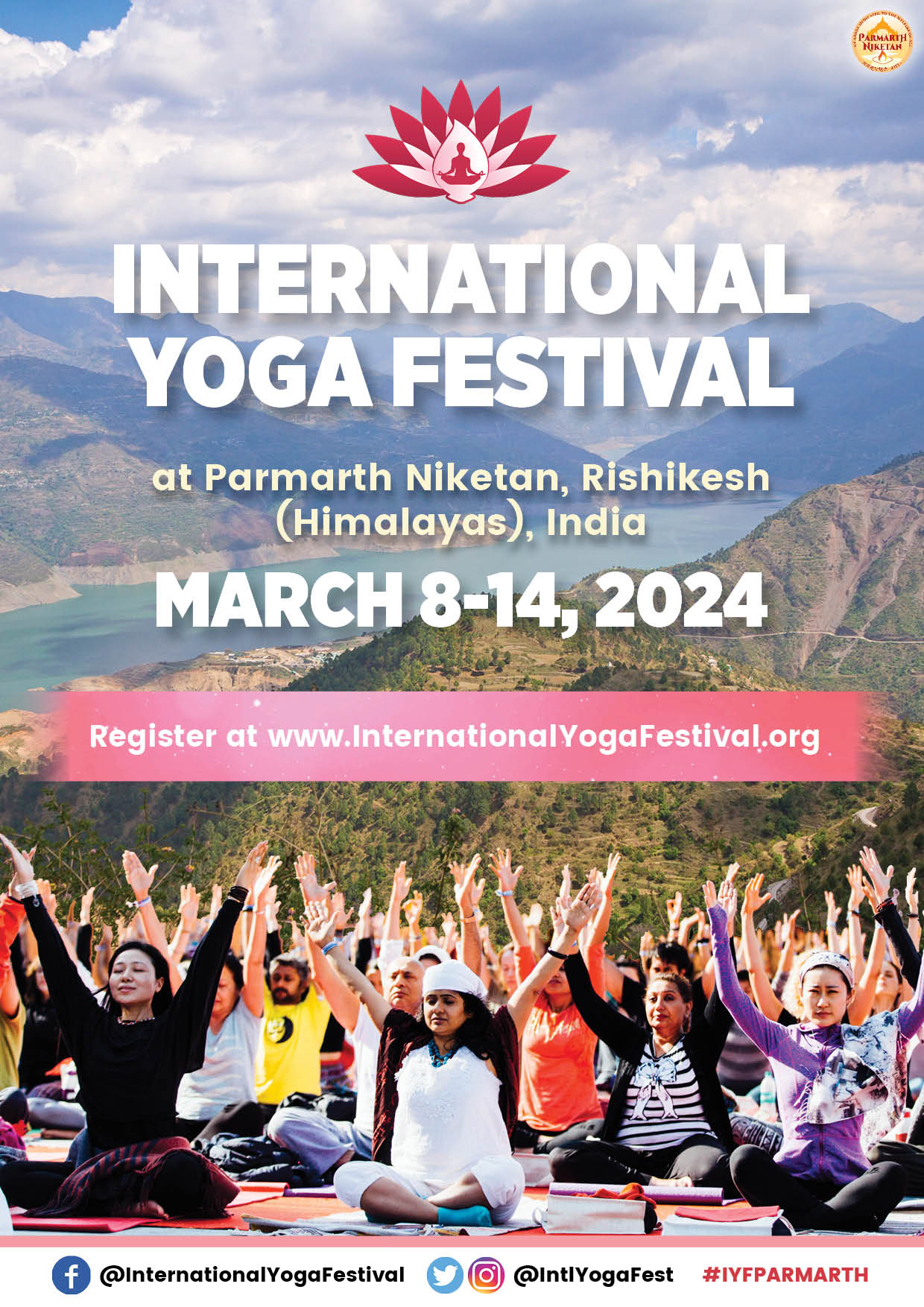Ayurveda teaches that good health depends upon our body’s ability to metabolize all aspects of life, assimilating that which nurtures us and eliminating the rest. When we can’t completely digest our food, experiences and emotions, toxic residue gets stored in our bodily tissue, creating imbalance and – ultimately – disease.
Thousands of years ago, the ancient Ayurvedic physicians developed panchakarma, an elegant cleansing process that releases physical and emotional toxins at the cellular level, restoring the body’s innate healing ability. This powerful treatment takes place over the course of several days or longer, giving the body adequate time to rest and experience the complete healing benefits.
How does Panchakarma work?
Panchakarma is a Sanskrit term that means “the five actions,” (pancha = five, and karma = action), referring to the five different cleansing and rejuvenating procedures described in the classic Ayurvedic textbooks.
As panchakarma has been adapted for use in the West, the therapies have evolved and modernized, the number of procedures included is not always five but varies according to an individual’s mind-body type and health concerns. At the Chopra Center, panchakarma follows these steps:
Preparatory procedures
Panchakarma begins with oleation, a process of applying and ingesting pure essential oils in order to loosen and mobilize accumulated toxins. This step includes supplementation with organic seeds, as well as soothing Ayurvedic massage treatments using herbal oils.
Another vital aspect of this step is swedana, a Sanskrit word meaning “that which produces heat in the system.” Specific steam and warm oil therapies are used to heat the body. This process helps open the body’s circulation channels (srotas) and allows toxins to flow more easily from the tissues to the gastrointestinal tract for elimination. Swedana also relaxes the body, releasing tension and allowing impurities to be eliminated through the sweat glands.
Elimination and release
Once the body’s toxins have been mobilized, gentle therapies are used to release them from the body. The treatment includes a sequence of daily bastis – a therapeutic process in which medicated oils and herbal preparations are used to flush toxins from the intestinal tract. Bastis are often referred to as enemas, but actually offer many more healing benefits than a simple colon cleanse. During a basti, the herbal oils enter the deeper tissues and eliminate fat-soluble toxins that can’t be dislodged with standard enemas.
This stage of panchakarma also includes nasya, an Ayurvedic treatment that gently cleanses the upper respiratory tract and sinuses. This soothing process uses pure herbal oils to improve the flow of life energy and help you breathe freely and easily.
Rejuvenation
The final stage of Panchakarma is rasayana, a term that means “that which is nourishing.” According to Ayurveda, once toxins have been cleansed, it is a critical time to begin replenishing the body with natural foods and herbs, revitalizing massage treatments, and healing practices such as meditation and yoga.
When and how often should I do Panchakarma?
Panchakarma is the ultimate mind-body treatment for those who want to detoxify the body and strengthen the immune system. It is recommended on a seasonal basis, as well as when an individual feels out of balance or is experiencing a particular illness. The panchakarma process allows your body to release the physical and emotional toxins stored deep in the cells, tissues and organs, leaving you feeling renewed and revitalized.

